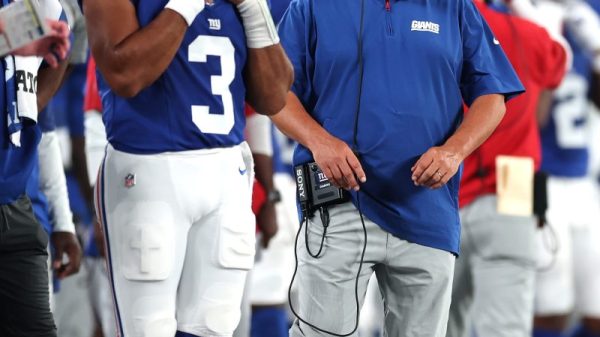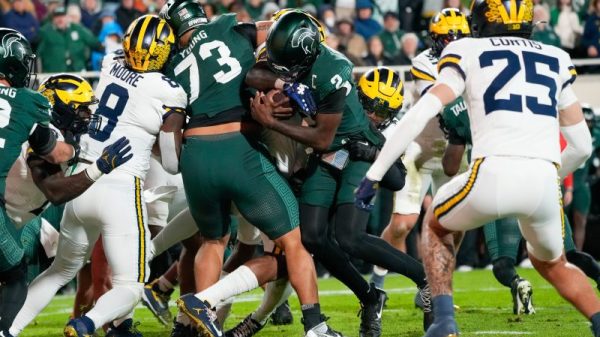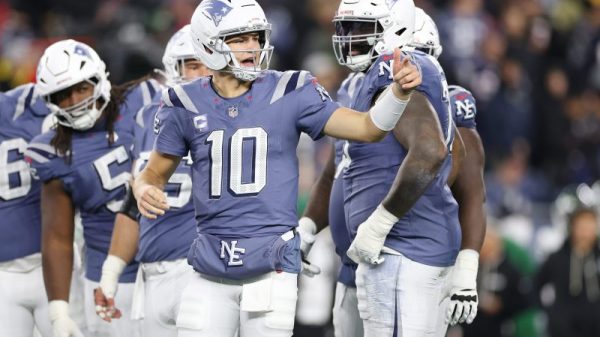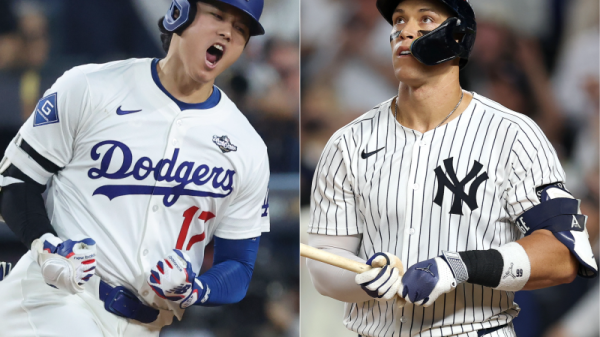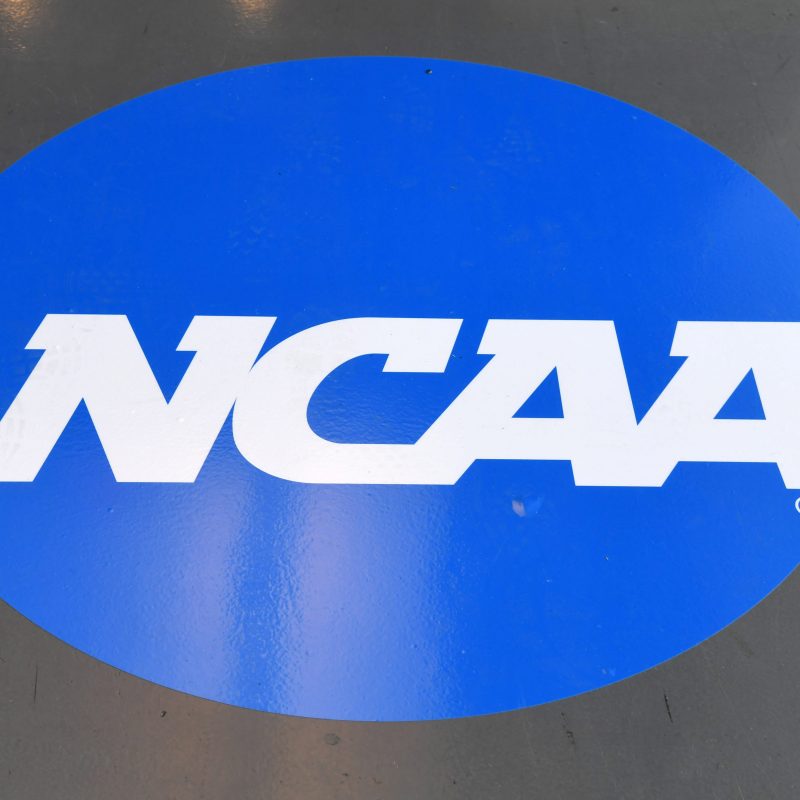A federal judge on Monday granted preliminary approval to the slightly revised version of a multi-billion-dollar settlement of three athlete-compensation antitrust cases against the NCAA and the Power Five conferences.
The decision moves the NCAA and the conferences closer to funding a $2.8 billion damages pool for current and former athletes over a span of 10 years and sets the stage for a fundamental change in college sports — Division I schools being allowed to start paying athletes directly for use of their name, image and likeness, subject to a per-school cap that would increase over time.
However, the settlement process is not over, and potentially far from it.
The process of officially notifying current and former athletes of the terms and claims procedures is set to begin on Oct. 18. Those who would be covered by the agreement will have the opportunity to object or opt out by Jan. 31, 2025. And a final approval hearing has been scheduled for April 7, 2025.
However, additional legal appeals could occur. One former college football player and his attorney tied up a monetary settlement in a previous college-sports compensation case by pursuing the matter to the 9th U.S. Circuit Court of Appeals. That bid ultimately failed, but it ended up delaying final resolution by about two years.
And the path to this point in these cases has not been perfectly smooth.
Lawyers representing three separate groups of athletes filed oppositions to preliminary approval. Then, during a hearing on Sept. 5, U.S. District Judge Claudia Wilken said she would not approve the original version of the proposed settlement — for set of reasons that differed from those expressed in the oppositions.
On Sept. 26, the lawyers who crafted the proposed settlement filed an adjusted version of the agreement. The updated version addressed Wilken’s concerns about how the original version defined the types of entities and individuals whose current NIL agreements with athletes would be subject to special scrutiny under a new regulatory structure that the NCAA and the conferences are insisting that they get in exchange for agreeing to the industry-changing deal.
But even that version of the agreement drew an objection last week from yet another, different group of athletes. That fourth group is represented by lawyers led by Michael Hausfeld, who also led representation of former UCLA men’s basketball player Ed O’Bannon in a landmark antitrust victory over the NCAA.
Wilken’s order on Monday did not include any specific commentary concerning her reasons for granting preliminary approval other fairly standard general language saying that she will ‘likely be able to approve the Settlement as fair, reasonable and adequate … subject to further consideration’ at the final approval hearing.
‘A huge step forward for NCAA athletes,’ Steve Berman, a lead attorney for the plaintiffs said in an email to USA TODAY Sports.
NCAA President Charlie Baker said in statement: ‘We are thrilled by Judge Wilken’s decision to give preliminary approval to the landmark settlement that will help bring stability and sustainability to college athletics while delivering increased benefits to student-athletes for years to come. Today’s progress is a significant step in writing the next chapter for the future of college sports. We look forward to working with all of Division I, and especially student-athlete leadership groups to chart the path forward and drive historic change.’
According to the settlement agreement, schools could begin paying their athletes in the first academic year after final approval and the resolution of any potential appeals. So, in theory, payments to athletes could begin during the 2025-26 school year. And Berman has said current and former athletes could begin receiving checks from the damages pool in fall 2025, if not sooner.
Lawyers for the plaintiffs have said nearly 400,000 athletes would be eligible for some type of payment for damages reaching as far back as 2016, with football and men’s basketball players set to receive the largest amounts. But the plaintiffs’ lawyers said there is an instance of an athlete in sport other than football, men’s basketball or women’s basketball who is estimated to be eligible for a claim of more than $1.85 million.
All of that would be part of a comprehensive reshaping of college sports that would occur under the settlement.
Among other changes:
NCAA leaders would seek to engineer rules changes eliminating longstanding, sport-by-sport scholarship limits and replacing them with a new set of roster-size limits. In the first academic year after final approval of the settlement the roster limit in football, for example, would be 105.
While athletes would continue to have the ability to make NIL deals with entities other than their schools, the settlement would allow the NCAA to institute rules designed to give the association greater enforcement oversight of those arrangements.
The details of those rules were the primary source of the concerns Wilken expressed during the hearing on Sept. 5.
As it now stands, athletes would have to report payments of more than $600 to a clearinghouse that would be established. And their deals would be subject to review, with the goal being the prevention of pay for play and deals that pay amounts above market value.
This potentially raises questions about the future impact of collectives, school-specific donor groups dedicated to pooling resources earmarked for NIL payments. At present, those payments often are — at best — only loosely based on the value of an athlete’s NIL rights or their promotional work.
Under the settlement, athletes who have questions about the permissibility of their agreements would be able to seek advisory opinion from an enforcement group. If the enforcement group sought to sanction an athlete because of a deal, the athlete would have the ability to bring the matter to an arbitrator.
(This story was updated to add new information.)






